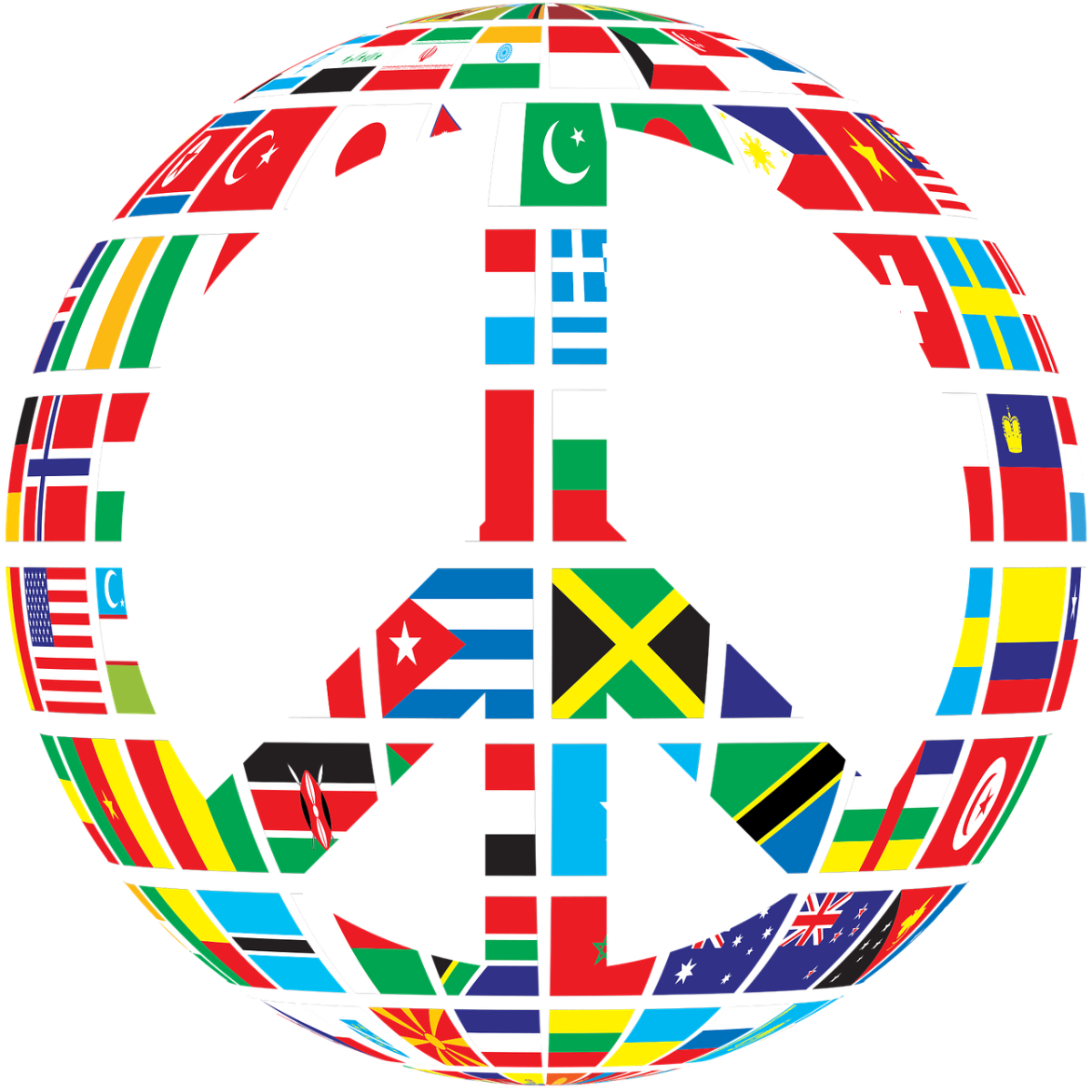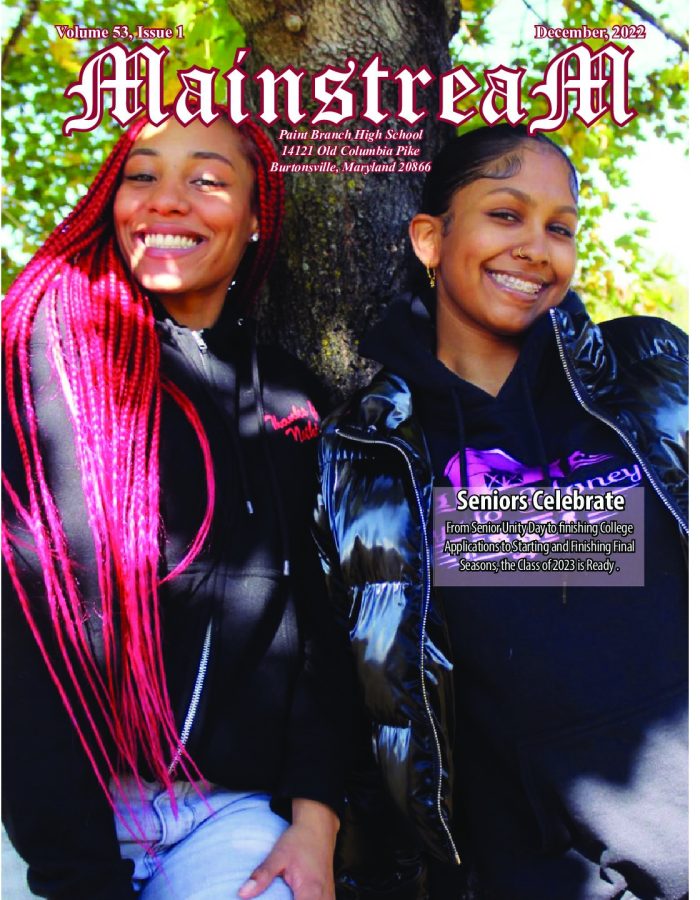Time for the Census Bureau to Get to 20/20: New Census Would Help Hispanics/Latinos Better Identify
April 24, 2018
Recently I was scrolling down some job applications and a very complex word appeared on the screen: “Race” Looking at my options, I saw that there was a list with groups that did not correspond with: Latina. The options were broad and included: American Indian, Alaskan Native, Asian or Pacific Islander, Black, and White. I was left to figure out what to do, what box to check.
When one approaches a job, college, or other application they may think that the most difficult question on the application will be a very complicated word problem or knowledge of the very complex terms written on the form, but that wasn’t the case for me on this day. The truth is, this issue – identifying one’s racial category – is quite difficult for Hispanics/Latinos.
Due to the broad listing of racial groups, which I mentioned before, many Hispanics/Latinos, who represent the nation’s largest minority group, do not identify with the current racial categories. For many in this group in the US, a key identifier is country of origin, but this still does not help with the race choice. This creates an issue and means that the government is getting inaccurate data related to race in the United States.
The good news on this is that the Census Bureau has been testing a new approach. According to the Pew Research Center, the Census Bureau claims that there will be promising results when they conduct the next census in 2020. In 2015, the bureau contacted 1.2 million US households for a test census that experimented with two different ways of combining the Hispanic/Latino identification into one question, rather than posing a race question and an ethnicity sub-question like it did in 2010. If this occurs, many think it could solve, in part, the issue.
Yara Simon, a writer from Remezcla, a source that focuses on Latin music, culture, and entertainment, states, “The census has clearly distinguished that Hispanic/Latino doesn’t qualify as a race in the past. But this means the percentage of Caucasians in the US ends up inflated. A proposed solution is combining race and ethnicity into one question… [T]his may very well happen for the 2020 census. And if it goes through, then the Hispanic, Latino, or Spanish origin option will sufficiently answer the question.”
One must understand that the way the US currently combines Spanish, Hispanic and latino all in one category causes this huge unbalance. Addressing this issue and providing more clarification to the public is something that should be very much put into action before 2020 in order make changes on this issue.
MTV published a public video about the issue that starred Franchesca Ramsey, an American activist/actress, and youtuber, Kat Lazo. Francesca’s role in the video addressed why the US census is complicated. Francesca states that “The difficulty is that Hispanic is not considered a race”.She, later on, states that “Typically the problem is that…a race is not biological[y] real….Sometimes it includes ethnicity and sometimes doesn’t.”
After Francesca’s statement, Lazo continues by making a point that even with the way the US Census is set out, they are making Hispanic/Latino and Spanish one box in the ethnicity category when they are three different things. Spanish refers to people from Spain and in Lazos’ words, “Hispanic refers to people of Spanish-speaking origins…including Spain. Latino refers to origins of Latin America….They are geography south on the United States including the Caribbean excluding Spain.”
Of course, this issue goes further than just country of origin. If I tend to have a lighter color to my skin than typical Hispanics and have descendants from Europe through my ancestors, does that make me White in the racial category?
Well, the US Census Bureau defines White as “A person having origins in any of the original peoples of Europe, the Middle East, or North Africa.” So, if my parents tell me that my ancestors are from Spain and Europe, I should check “White.” However, this identification in the US essentially means non-Hispanic and I am definitely not that because my parents were raised in a Latin American country.
Confusing isn’t it?
The US Census currently has no description next to White and Black and the only other options are Asian, American Indian or Native. Perhaps the issue is that there is no “color” associated with these other classifications as there is with White and Black. Until official changes are made, those who choose to check the Latino/Hispanic box must then – on official documents – select a racial category for themselves. While one of the categories in the official document is often “two or more races,” it still forces people to make a choice.
With the new census on its way in 2020, there is hope that the US Census Bureau will get it right and allow Hispanics/Latinos their own racial category so that our nation’s demographics can be more accurately represented.









































